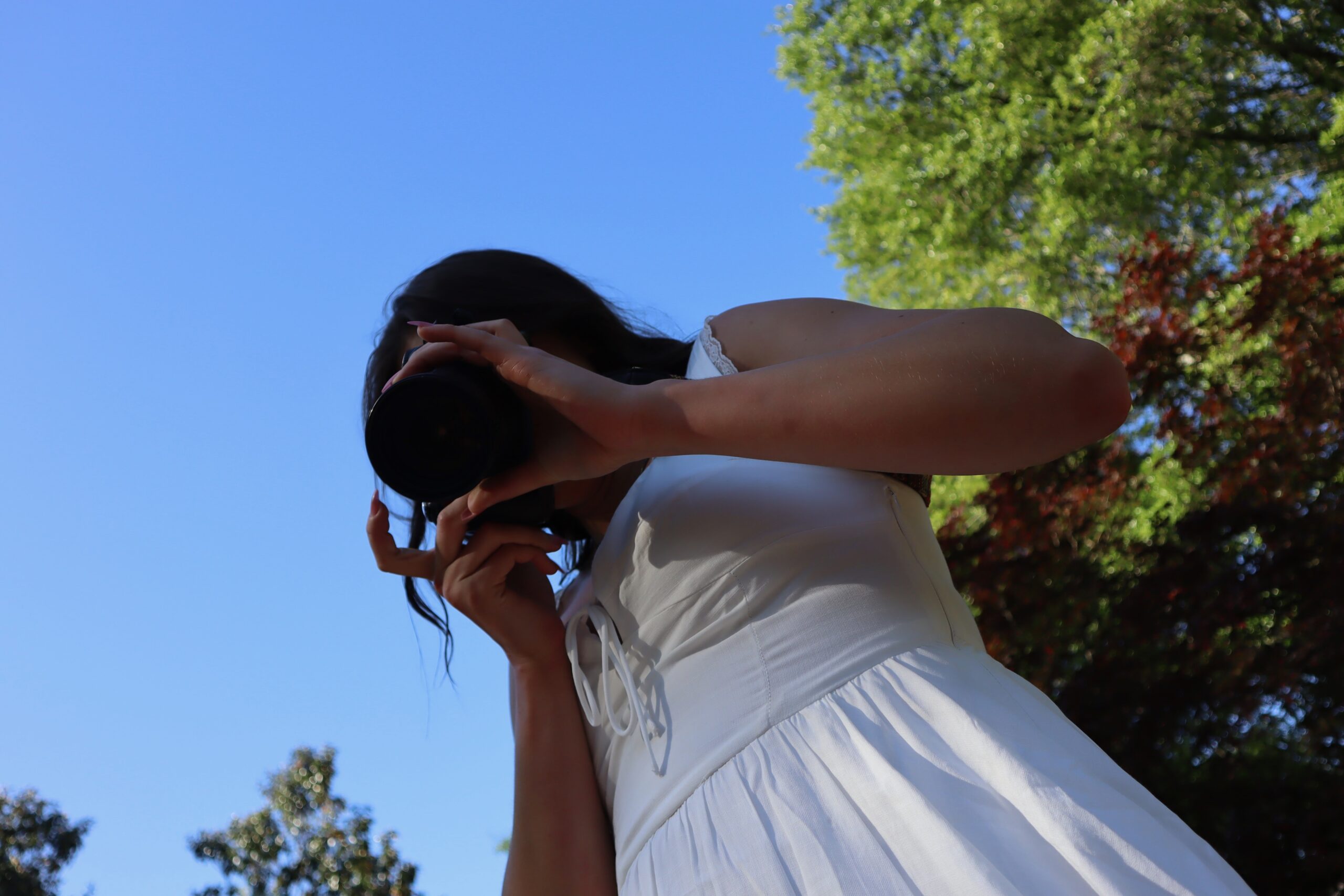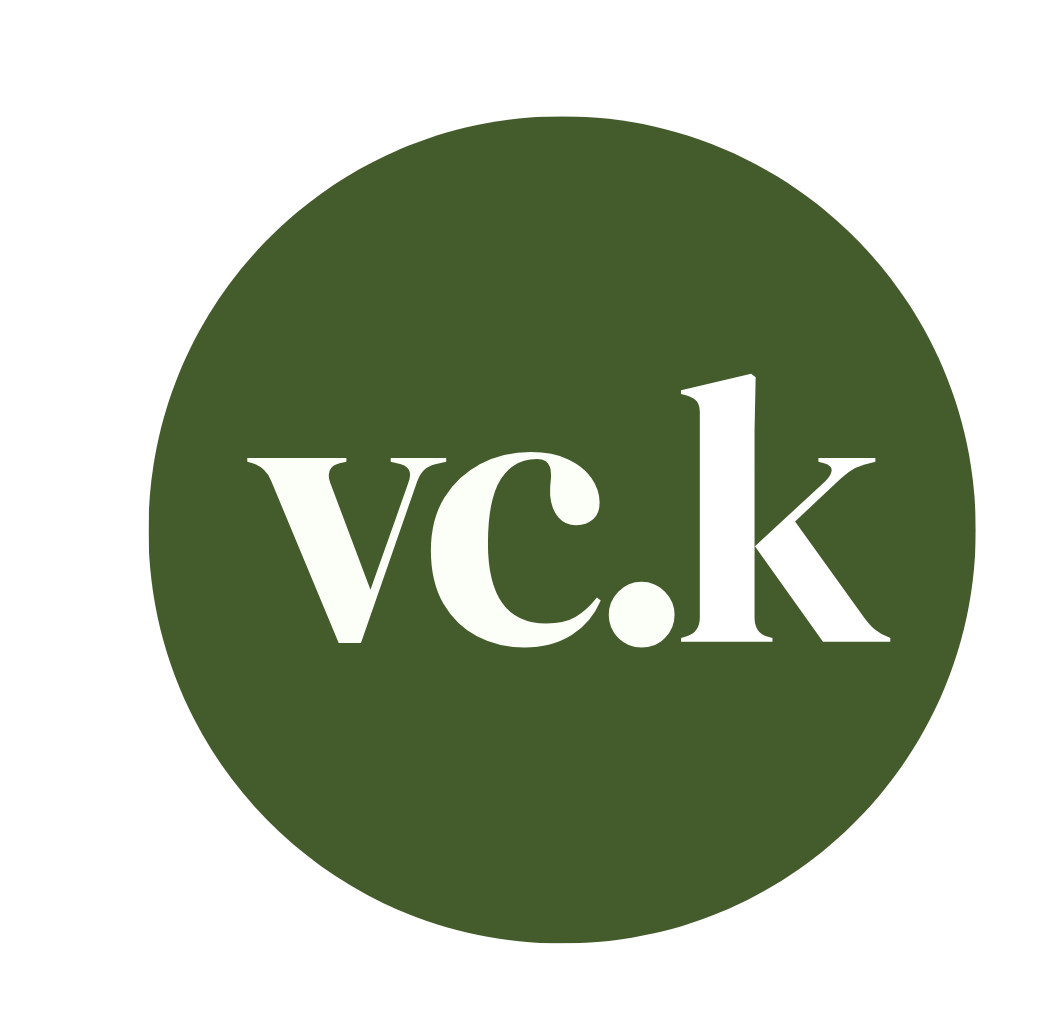UGA Advancements Evolve to Meet Student Needs
By Viktoria Kangas, Lauren Minnick, and Marion Kronauge
Over the 2022 summer break, the University of Georgia implemented a number of advancements that UGA officials said would optimize student’s learning and better prepare them for an evolving modern workforce.
Grady College of Journalism and Mass Communication’s Schnitzer Family Media Lawn
The renovation and rebranding of what is now the Schnitzer Family Media Lawn transformed a large retaining wall into an amphitheater style seating arrangement with a stairway running through the center and adding additional table seating throughout the space. Renovations also made the space ADA accessible by sloping off the upper corner of the lawn to merge into the main walkway at street level and continuing the paved hardscape walkways throughout the lawn. Project leaders say a primary area of emphasis in this project was transforming the architectural style, design and visual appeal to amplify the space’s accessibility and use not only Grady students, but all members of the UGA community.
“If you think about the philosophy of landscape architecture, we moved from a wall, which are normally designed to keep people out, and got rid of that wall to create a seated space that invites people to come in and sit down that will be available for classes, student groups, anybody else to use,” Dean Davis of Grady College said. “It feels good and feels like we’ve done a lot toward making it more comfortable.”
Davis said that these new advancements, both in Grady and throughout the rest of campus, allow UGA to better serve its community and encourages, through the purposeful design of the spaces and the virtues they were designed from, to inspire people using the space to mirror the same characteristics of collaboration, inclusion and advancement, as well as better prepare them for an increasingly technological workforce.
Increased funding for Computing Research and Resources
Looking to push research and technological advancements for students, the university has donated over $2 million for an expansion of the high-perming computing center. The funding will bring a multitude of research opportunities for students and faculty according to Illir Hasko, the Deputy CIO for UGA’s Enterprise Information Technology Services.
“It will make us more attractive to new researchers that are seeking employment. And it increases our ability to bring more research, which you know, more research means more funding, not just for the research, but also again for students as well that can be plugged into that research,” said Hasko.
Functionality of the STEM Research building
STEM building two was opened this year along with STEM building one, for the use of the research and classes of students. Speaking to the Associate Dean of Franklin College and Arts, Michelle Momany, gave insight when looking at the renovation of the buildings on science hill. Being that they were built in the 50’s and 60’s, they are now they are getting fairly old, and there is a big effort to modernize science hill.
“When you are looking at renovating science buildings you have to go from whats call really heave use to lighter use,” said Mommany and that due to the systems inside the buildings she recommends to look at the roof to see how many fume hood chimneys are at the top. The idea is to push for building to have that lighter use and in order to reduce heavier use buildings they built the new STEM building in place of the chemistry building that was considered heavy use. This took a big step in the construction of the STEM research building two seeing as it renovated using $65,350,000 for the collaborative interactions and innovations it promised for the chemistry and engineering research.
TAGS: #renovations #UGA #Athens #STEM #collaborative #learning #design #modernization #academic #advancements #funding

